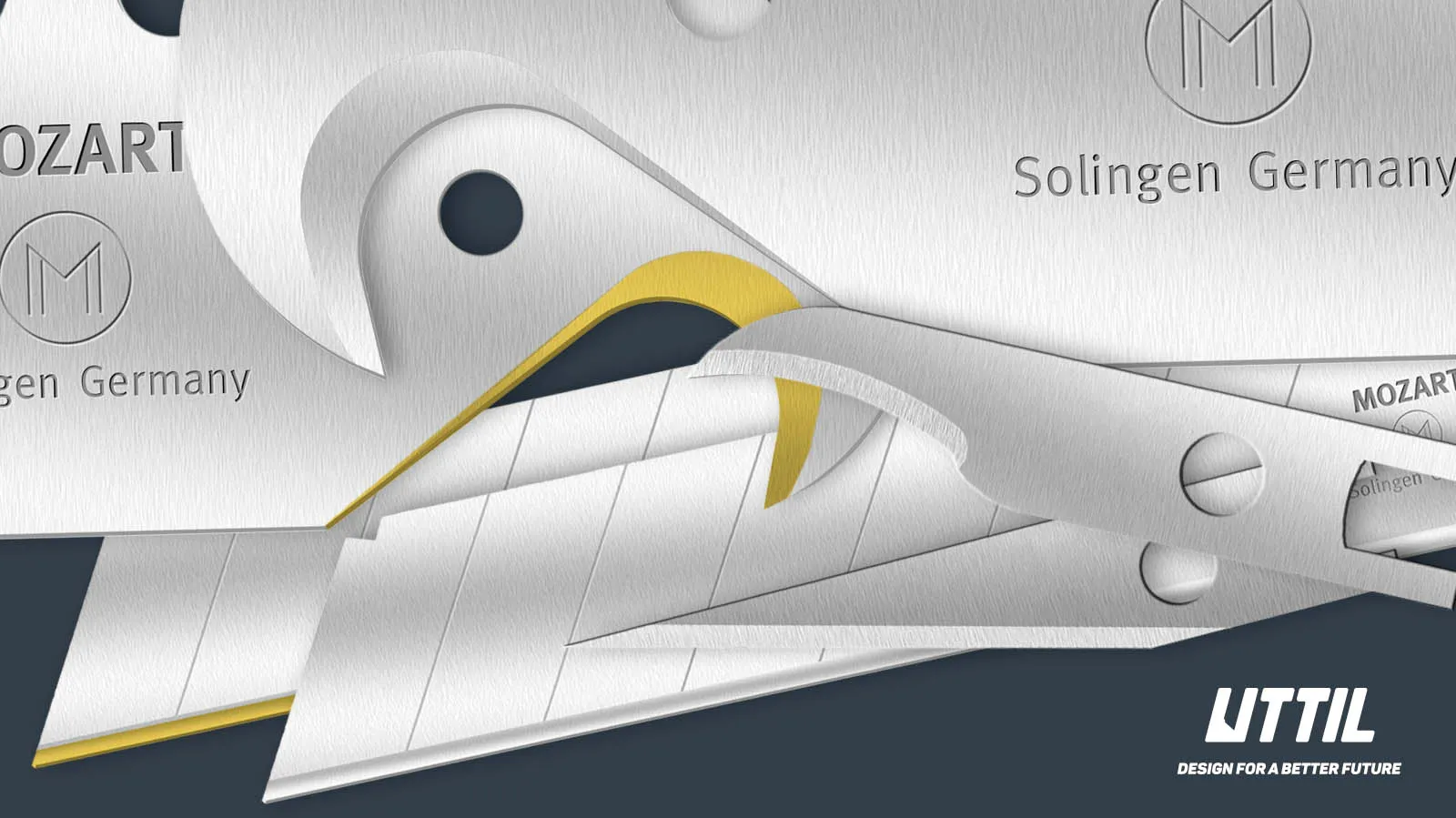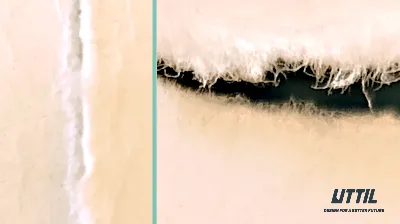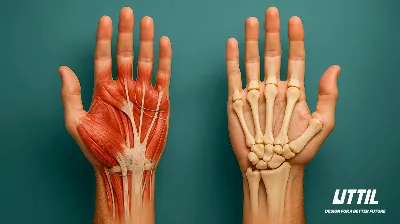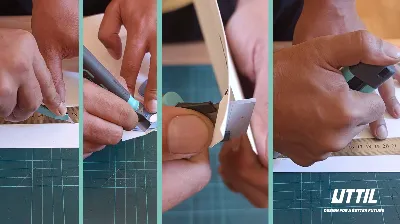The Ultimate Checklist: When and Why to Replace Your Utility Knife Blade
Utility knives are essential for DIY enthusiasts,
construction professionals, and hobbyists. However, knowing when and why to
replace your utility knife blade is crucial to maintaining its efficiency and
ensuring safety. In this blog, we'll provide a comprehensive guide to spotting
the signs of a dull blade, understanding safety concerns, and ensuring optimal
performance from your utility knife.
Why Blade Maintenance is Important
Before diving into the details of when to replace your
blade, let's clarify why it matters:
1.
Safety: A dull blade
requires more force, increasing the likelihood of slipping and causing an
accident.
2.
Efficiency:
Sharp blades cut faster and more accurately, reducing your effort.
3.
Clean Cuts: A
fresh blade ensures cleaner cuts when working with cardboard, linoleum,
drywall, or other materials.
4.
Tool Longevity:
Regular blade replacement prevents unnecessary wear and tear on the utility
knife body and blade mechanism.
When to Replace Your Utility Knife Blade
How do you know when it's time to swap out the blade?
Here's a checklist:
1.
Reduced Sharpness
- Signs:
The blade struggles to cut through materials it used to handle with ease.
You may notice jagged, uneven cuts instead of smooth edges.
- What
to Do: If the blade is segmented, snap off the dull
segment to expose a new edge. For fixed blades, replace the blade
entirely.
- Safety
Tip: Never apply excessive force to cut materials; it
indicates the blade needs replacing.
2. Visible
Damage or Rust
- Signs:
You notice rust spots, chips, or visible bends on the blade.
- What
to Do: Damaged blades can snap unexpectedly, making them
a safety hazard. Always replace a damaged blade immediately.
- Safety
Tip: Rust weakens the blade and can be a health hazard,
especially if it causes injuries. Handle with care.
3. Blade
Slippage During Use
- Signs:
The blade retracts or moves unexpectedly while in use.
- What
to Do: Check the blade locking mechanism. If it's secure
and the issue persists, the blade may be too worn to stay in position.
- Safety
Tip: Never force the blade into position. Instead,
replace it and ensure the locking mechanism is intact before resuming
work.
4. Frequent
Blade Snapping
- Signs:
You need to snap off blade segments more often than usual.
- What
to Do: Snapping off blade segments repeatedly means that
the blade is facing materials too tough for its current sharpness.
- Safety
Tip: Consider using a heavy-duty blade if the material
is exceptionally dense.
5. Material-Specific
Needs
- Signs:
The current blade isn't suited for the material you're cutting (e.g.,
switching from cardboard to drywall).
- What
to Do: Different materials can wear blades at different
rates. Keep spare blades suited for each material to ensure optimum
performance.
- Safety
Tip: Always use the right blade for the right job to
maintain efficiency and reduce wear.
6. Reduced
Cutting Speed
- Signs:
Cuts take longer than they used to, requiring more effort.
- What
to Do: A sharp blade should cut smoothly without
requiring you to push harder. If cutting speed slows down, it's time for a
replacement.
- Safety
Tip: Forcing a dull blade can lead to slips and
mistakes. Replace it immediately to maintain control.
7. Difficulty
with Precision Cuts
- Signs:
Detailed cuts become ragged, dragging the blade across the material.
- What
to Do: Precision tasks demand the sharpest blades.
Replace the blade before attempting intricate work.
- Safety
Tip: Never risk accuracy by using a dull blade,
especially for precision work. A fresh blade ensures clean results.
How to Replace Your Utility Knife Blade
Safely
1.
Retract the Blade:
Always retract the blade fully before attempting to replace it.
2.
Wear Gloves:
Use protective gloves to avoid accidental cuts.
3.
Dispose of Old Blades Properly:
Store used blades in a blade disposal box or a safe container before discarding
them to prevent injuries.
4.
Secure the New Blade:
Ensure the new blade locks into place securely before use.
Why UTTIL Blades Stand Out
UTTIL's range of utility knives
is designed for durability, easy blade changes, and advanced safety features.
Whether you choose our standard models or the environmentally friendly Aura
Natura series, UTTIL knives maintain a high-quality standard. The
blades are made from premium steel by Mozart Blades in Solingen,
Germany, ensuring long-lasting sharpness and reducing the frequency of blade
replacements.








